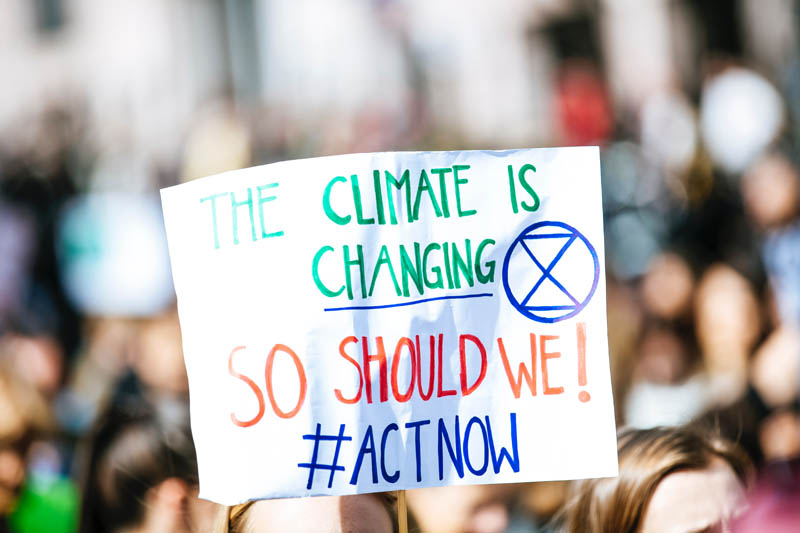What You Need to Know About the Water Cycle and Climate

When you wash dishes, brush your teeth, or take a shower, you probably make an effort not to let the water run unnecessarily lest you “waste water.” By letting water run needlessly, you are indeed wasting resources – you’re sacrificing the energy needed to ensure a potable water supply and draining water from the reserves where you and your neighbors get your water. If you live in an arid region that has to import water, fresh water is probably very expensive. However, the water itself you allow to flow down the drain doesn’t disappear forever – it stays in the environment and the atmosphere, even if it doesn’t go back into the same reservoir where you originally got it. It is reintroduced into the biosphere through a phenomenon known as the water cycle.
Of course, you certainly shouldn’t allow the water to run down the drain unimpeded even though it will essentially recycle itself – we need to use a lot of energy to make sure as many people as possible have access to potable water. Nevertheless, the water cycle is a continual process, and it offers us a lot of clues about climate.
The Water Cycle: How Does it Affect Climate?
Global climate is tremendously impacted by the water cycle. The water cycle essentially predicts barometric pressure, humidity, and heat.
Cool and warm weather are determined by the water cycle due to water condensation and evaporation. We experience cool weather when water evaporates because energy is absorbed. When the weather is warm, it is due to water condensing in the atmosphere, initiating energy release.
However, water isn’t disbursed in equal volumes throughout the planet. This causes different regional traits, weather patterns, and biological features. A region with heavy forestation likely has a great deal of humidity. That forestation, if it’s well established and dense, will eventually create its own humidity and even rain, as we see with the Amazon rainforest. Rainforests are critical elements in the water cycle. The Amazon rainforest effectively has its own weather system!
The increase in global climate has a significant effect on the water cycle. As the world’s temperature increases, greater volumes of water evaporate from the oceans. This evaporation triggers more intense rainstorms in the oceans and on land. Increasing temperatures lead to more water evaporation and bigger, more frequent storms, causing devastating damage in coastal regions and intense flooding.
On the other hand, higher temperatures also lead to greater water evaporation in dryer areas. This can significantly deplete water reserves and create drought conditions. Vegetation dies, and without healthy root systems, water simply runs off of soils, evaporates in the increasing heat, and continues the drought cycle.
The continuing climate crisis creates innumerable challenges, but one of our most effective weapons is the health of our world’s forests. Forests capture an estimated 37 billion tons of carbon emissions yearly, helping to mitigate the climate crisis and preserve our most valuable natural resources. Forest Founders is dedicated to helping fight climate change by raising awareness of the importance of our forests and working to preserve them. To support our reforestation and conservation initiatives, please visit our information page to learn how you can contribute.